Mold Remediation Photo Gallery
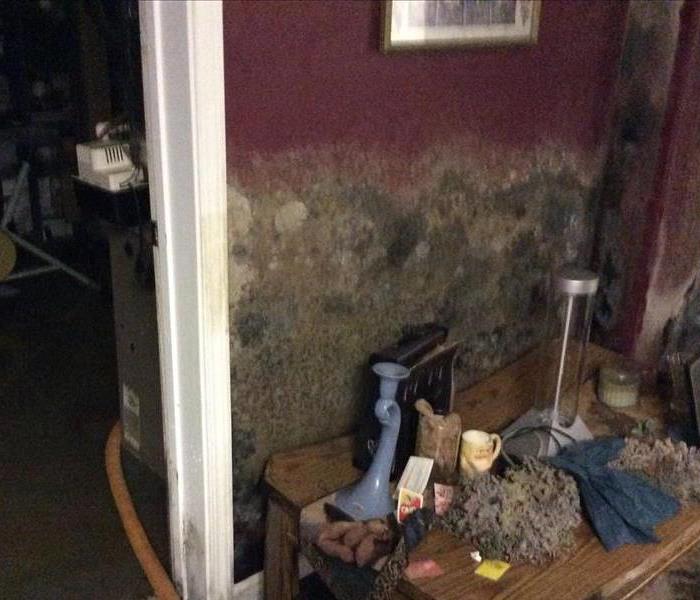
Mold On Your Walls
The most common causes of mold growing on walls are high humidity, condensation and water leaks (which are often hidden inside the wall).
Condensation forms when water vapor in the air meets cold surfaces and cools to become liquid. Condensation is especially common on walls which form the perimeter of a house. These walls are often colder because of cool outdoor air on the other side.
Things like drying wet clothes inside or steam from hot water increases the humidity in the home. If humidity stays high in your home for a long time then you might see mold starting to grow on your walls. Usually the best way to decrease the humidity is to ventilate your home by opening windows and doors.
Leaking pipes near or inside of walls are a common cause of mold. If there's a leaking pipe inside a wall cavity then mold will usually be well and truly set in before it's discovered.

Mold after water damage
After a water loss you may be capable of starting the drying and cleaning processes, but it is important to know that mold can grow in areas of the home that you can't see. Simply cleaning and drying your carpet will not always be effective in preventing mold growth, especially if there is a large quantity of unwanted water. Mold can still grow in different areas of your home, including the carpet padding, underneath wallpaper, behind the drywall, along ceilings and baseboards, in voids and furniture.
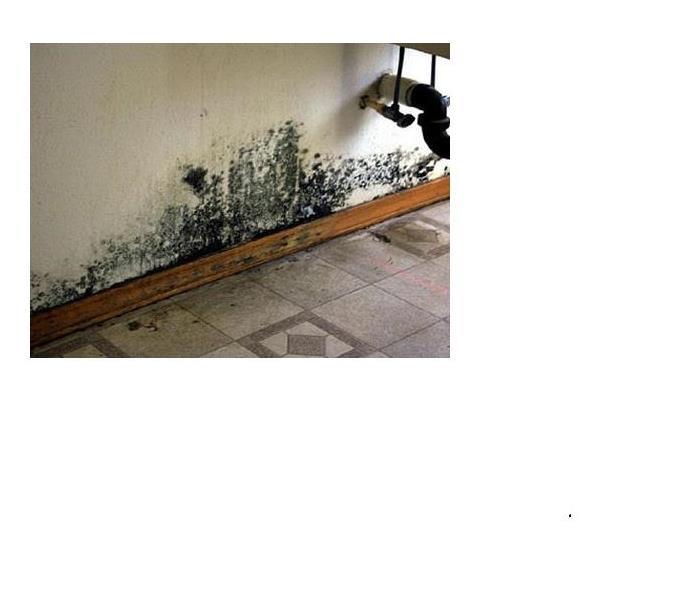
What is Black Mold?
Stachybotrys chartarum is the type of mold often called “black mold” or “toxic mold”. Sensational news reports warn about the dangers of black mold and these stories can be alarming and confusing. Any mold in your home should be treated with caution – stay out of affected areas and don’t touch or disturb the mold.
Since many types of mold can produce allergens and irritants, you should contact a qualified mold remediation company regardless of the color or type of mold. In many instances, multiple types of mold can exist in the same house or structure. If you suspect that you have a mold problem, contact SERVPRO of Gainesville at 770-536-1010.
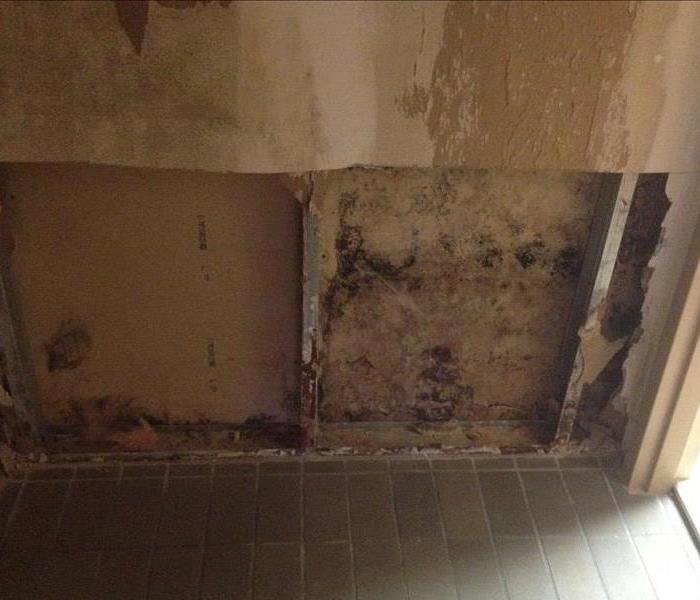
Mold in Common Walls
Common wall construction consists of wood studs installed vertically with drywall on the interior side of the studs, an exterior siding or masonry system on the outside of the studs, and fiberglass or foam insulation between the studs.
When moisture gets into this wall "cavity"and it is not properly dried or treated with an anti-microbial agent.
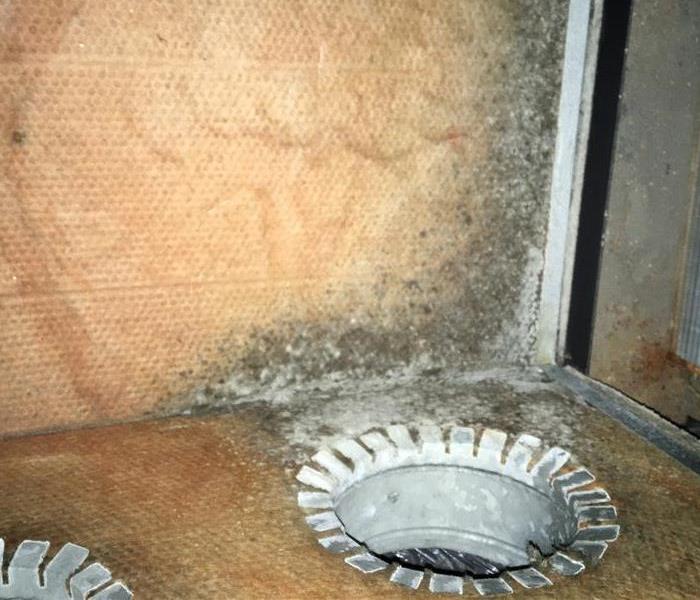
Mold in Air Ducts
According to the U.S. EPA, you should routinely inspect your HVAC systems, not just for mold, but for moisture. Look at drain and condensate pans to make sure they are draining properly. If they are plugged, the moisture that accumulates will become a mold factory. Also make sure that all HVAC ducts and system components such as air handlers, blowers, plenums and the like are free of any moisture.
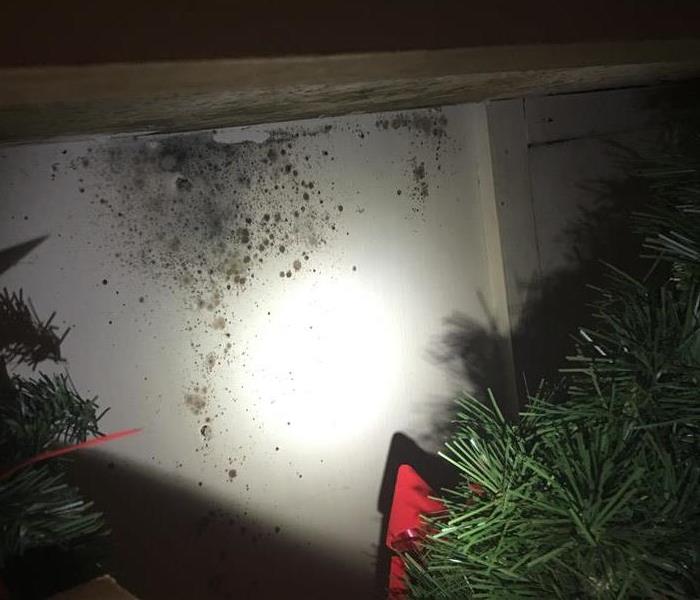
What's in your storage room?
Molds are found in virtually every environment and can be detected, both indoors and outdoors, year round. Mold growth is encouraged by warm, dark and humid conditions. Outdoors they can be found in shady, damp areas or places where leaves or other vegetation is decomposing. Indoors they can be found where humidity levels are high, such as basements or showers or where long term, slow leaks may be occurring and go undetected for extended periods of time.
For help restoring your home after mold has been detected, call SERVPRO of Gainesville at 770-536-1010. We’ll make it “Like it never even happened.”

 24/7 Emergency Service
24/7 Emergency Service